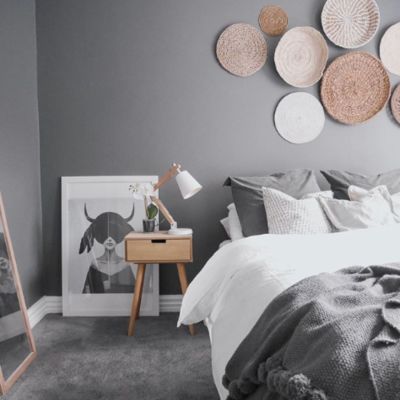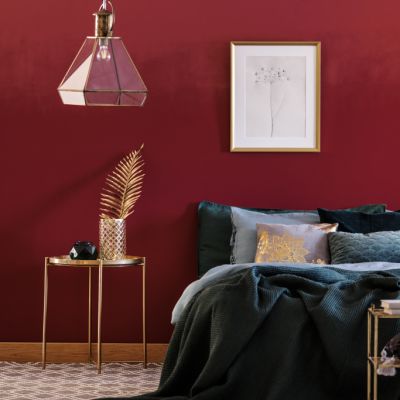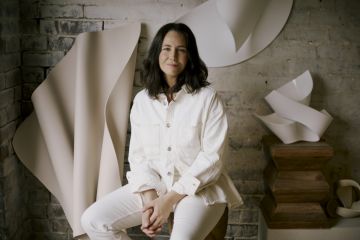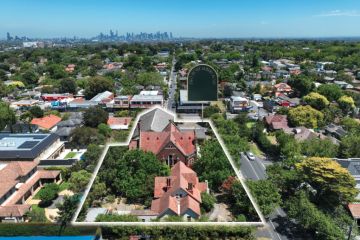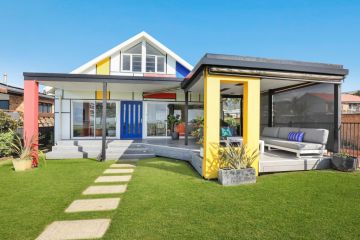Darren Palmer's tips for achieving the magazine look at home
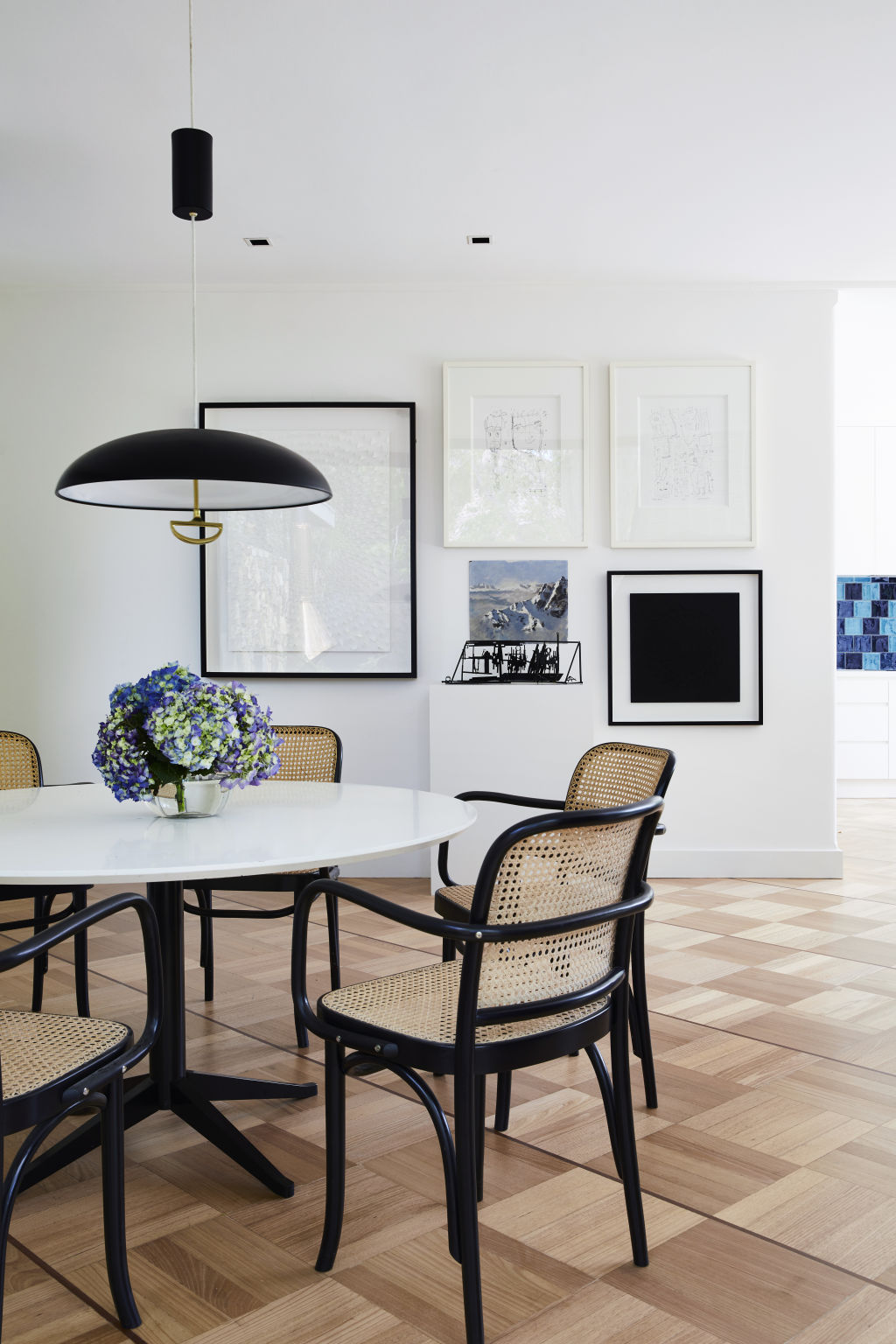
A home less ordinary is much more achievable than you might think.
Just look behind the designer curtain at some of the smoke and mirrors we use to make spaces shine as brightly as they can. If you want your home to look photo shoot-worthy, if even only temporarily for a special event, here are some of the stylist tricks that’ll help.
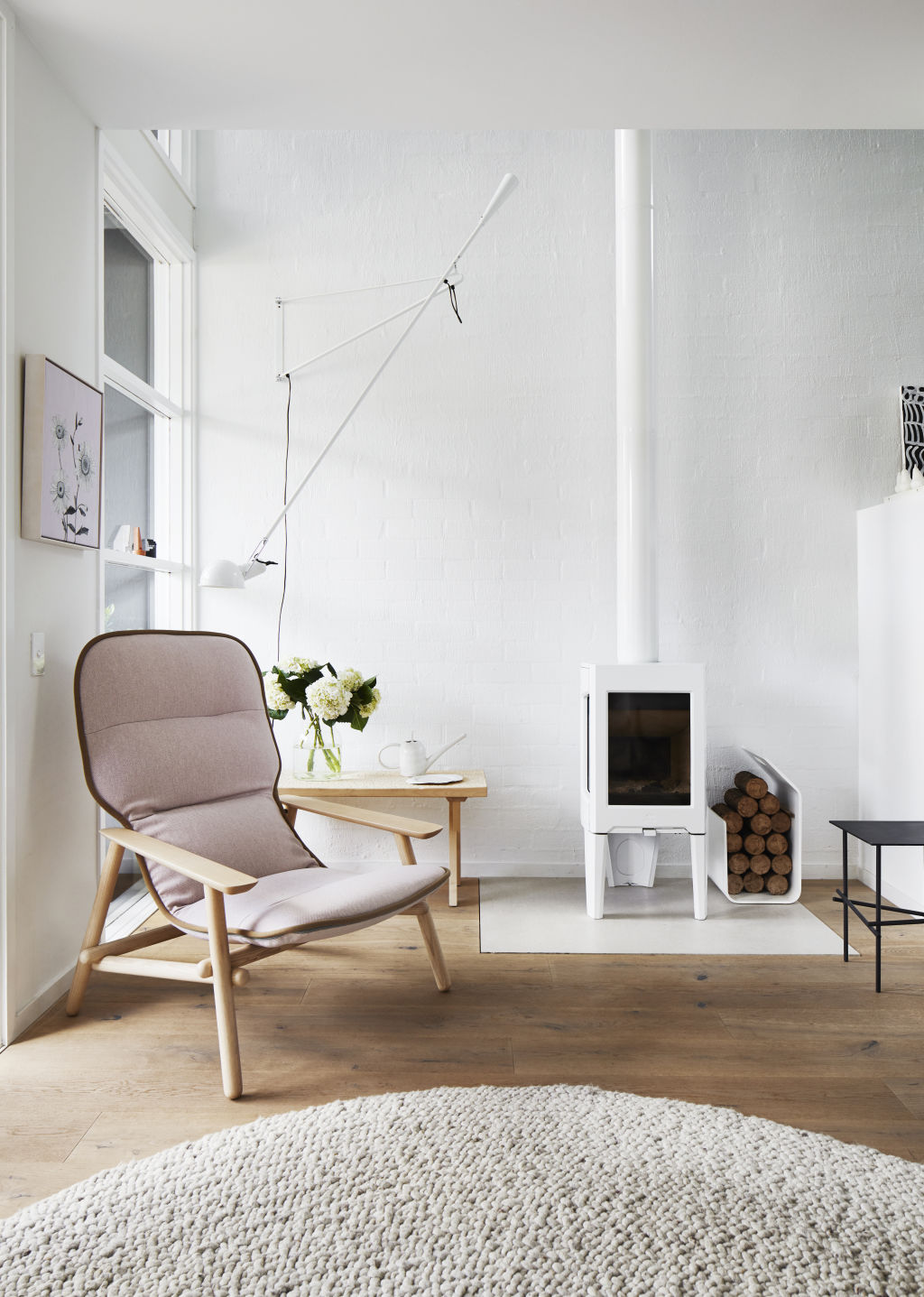
Furniture layout
Worry less about where the television is or if there is one at all. Often we will remove TVs from rooms entirely to arrange furniture to highlight architectural features or orient toward views. Symmetry works well, but so too does having contrast by using differing furniture pieces. For example, choose a contrasting style and colour of sofa to the accompanying chairs. To tie together the look of the room, use side, coffee and console tables in the same colour, material or style.
Decor
Use a tray on a coffee table to tie together decor items. The perfect elements are candles, books, flowers and potted plants. My preference is always for natural plant life but faux will work where necessary, if they’re really high quality. A large floral arrangement – say, a grouping of orchids in full bloom – can really elevate a coffee table by providing height and a visual focus in a styled vignette.
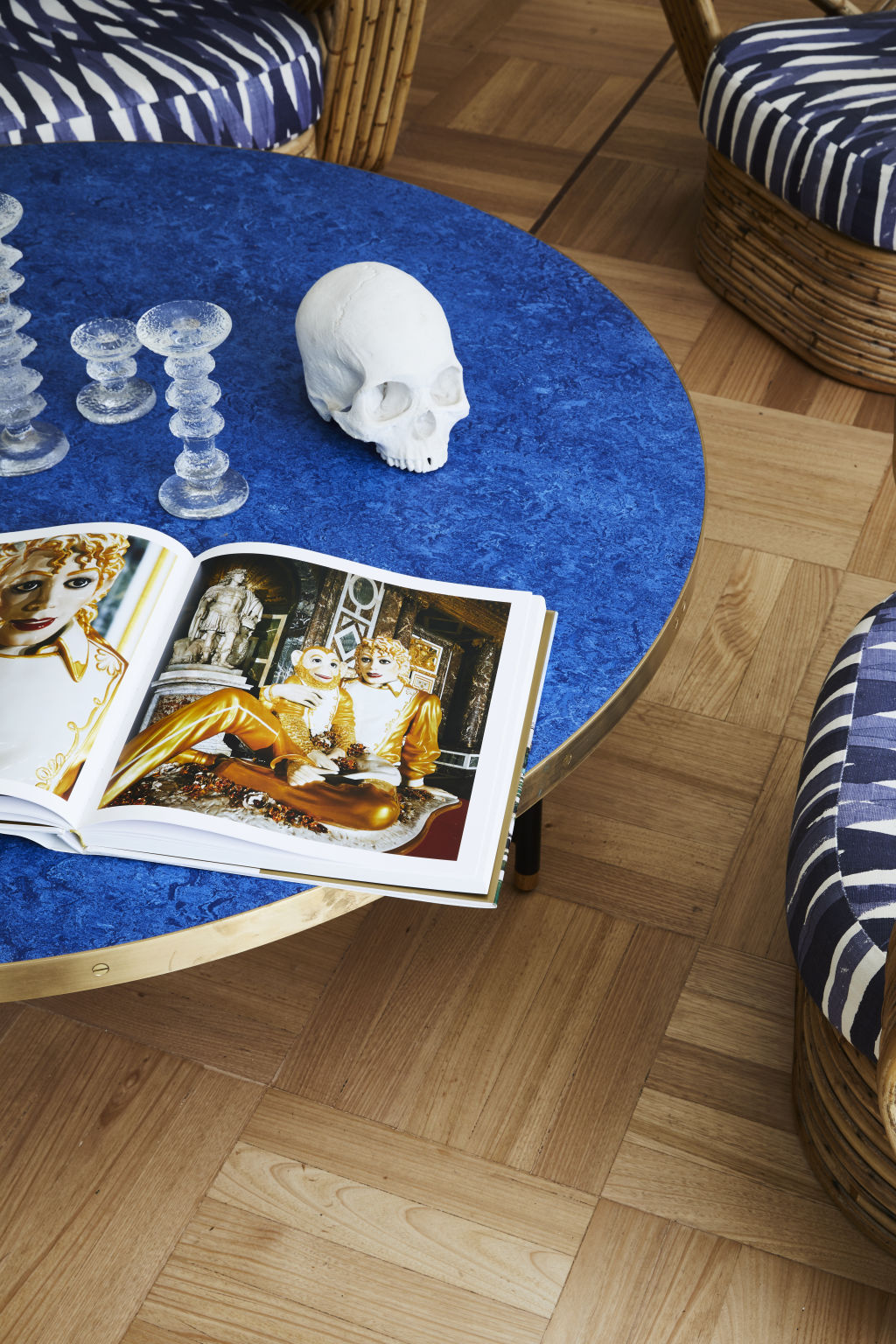
If you have many small pieces of art, gather them together in a French or gallery hang. These arrangements are great for staircases, hallways and bedrooms. Keep big artworks to feature above sofas, console tables and behind dining tables; this way you’ll get the best impact for the piece and the room.
Positioning is important. Whether you’re styling a console table or a whole room, keep in mind a forced perspective. Place smaller items close to the viewer, mid-sized a little further back and higher items at the rear. This will draw the eye upward.
Three is a charm. When you’re styling objects, work in trios. Use items of different heights, sizes and materials for interest.
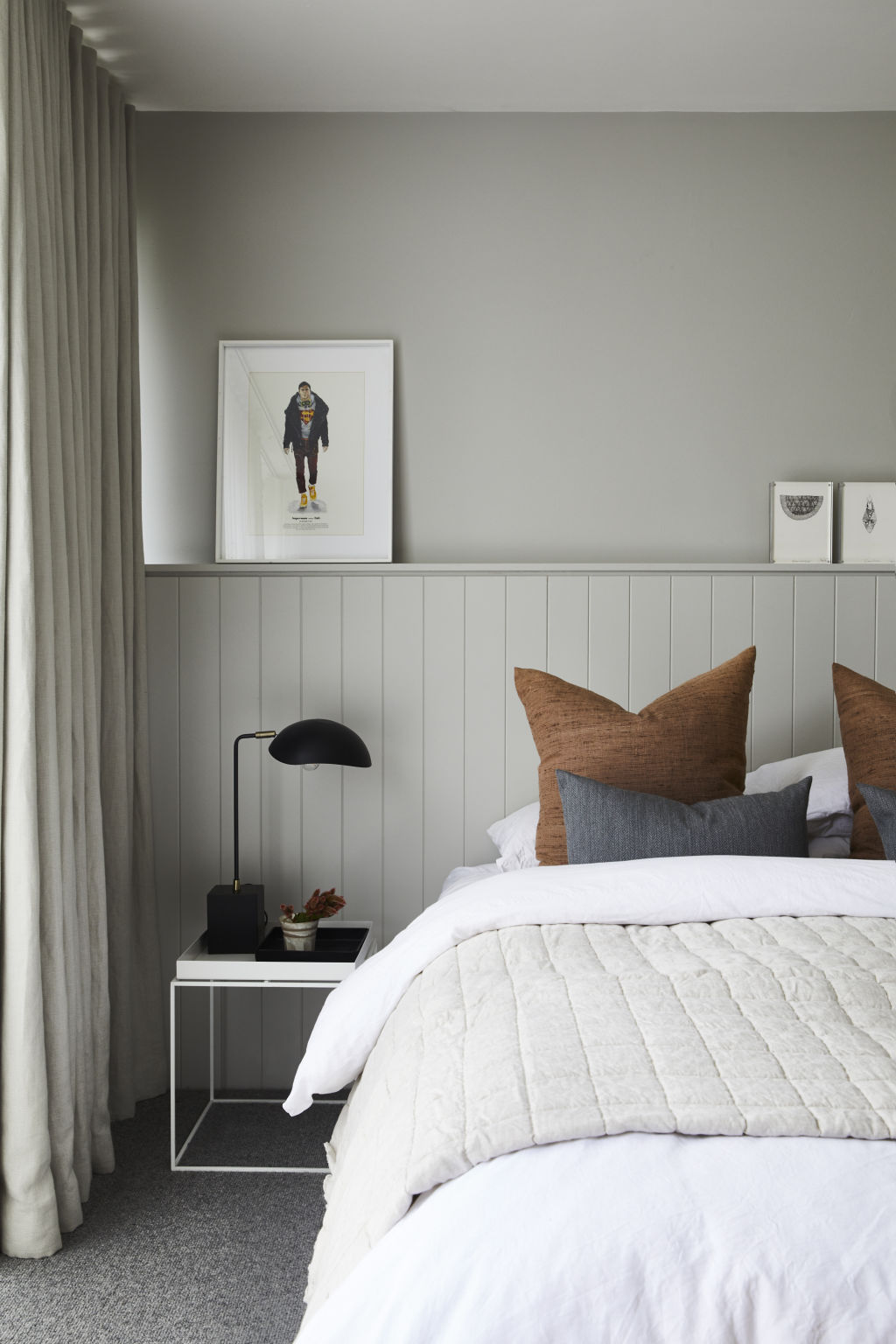
Kitchen
In a kitchen, make sure to start first with a blank canvas. That means clearing everything from your bench tops to begin fresh. Styling additions should be appropriate to use so think about herbs, either planted in small pots or trays, or cut and presented in small vases or even drinking glasses. Herbs like rosemary look great cut and styled, even if just laid out flat on a board or counter.
Timber cutting boards are brilliant to break up the volume of splashbacks and if you lean one or a few against a splashback you can open a recipe book, have a small cutting of some herbs and perhaps a loaf of bread or a cup of tea and have a pretty decent simple little kitchen styling vignette. Cakes under cloches work well, so to do rustic bowls of root vegetables. Whatever you choose, you can do better than just a bowl of lemons or green apples if you just apply a little creativity.
We recommend
We thought you might like
States
Capital Cities
Capital Cities - Rentals
Popular Areas
Allhomes
More
